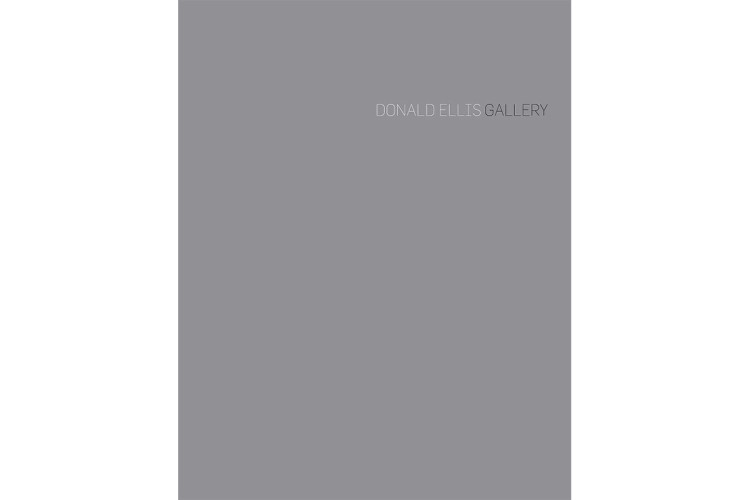
2012
$45.00 USD
ca. 1830–60
wood, paint
height: 8 ¼"
Inventory # CN3747
Sold
acquired by The Audain Art Museum, Whistler, BC
The Reverend Thomas Crosby (b. 1840 d. 1914), a renowned 19th century English Methodist missionary, best known for his work among the Tsimshian at Fort Simpson, British Columbia, where he was stationed from 1880 to 1897
Museum of the American Indian, Heye Foundation, cat. no. 1/8931
Indian Art of the Northwest Coast: A Dialogue on Craftsmanship and Aesthetics, Holm and Reid, Seattle, University of Washington Press, 1975, pl. 97
Donald Ellis Gallery catalogues, 1997, pg. 4 and 2012, pl. 51
Masks of a human face image, often called portrait masks vary in their depictions from being extremely naturalistic to images that blend stylized sculptural forms with more personal naturalistic features. This mask is of the latter type, and shows very refined definition of all the carved forms and junctures. Stylized features include the ovoid-shaped eye sockets with sharply carved edges, and the defined inward edge of the bulging cheek forms. The gracefully formed nose, lips, and slightly protruding chin are of the more purely naturalistic approach to Northwest Coast mask carving. The ears of the piece exhibit a cross between naturalistic representation and simplified stylization. Classic Tsimshian-style sculptural traits include the unpainted eyelids and eyebrows, the thin, drawn-back lips, skeletal cheek bulge, and linear profile formed by a bulging forehead, depressed, delicate nose, and protruding mouth and chin. The eyebrows are slightly stylized versions of certain natural eyebrow forms of the people of the region. The inherent skill and dramatic ability of the carver of this piece is apparent in the overall liveliness and expressivity of the sculptured forms, and their articulate representation of the humorous personality behind and within the face.
Portrait masks are so called because of the comparison of these carved images to the faces of actual people, although the masks most likely represent clan or lineage ancestors. Such masks are employed in dramatic recreations of family histories that portray their ancient connections to crest images and ancestral emblems. The paintings on portrait masks sometimes emulate the paintings applied by dancers for performance events, thought the interpretation of the painting of this mask is unknown. The black paint along the top edge of the forehead and rear edge of the face represents the hairline, while the painted area across the temples and on the cheek refers to the unknown specific imagery of the mask.